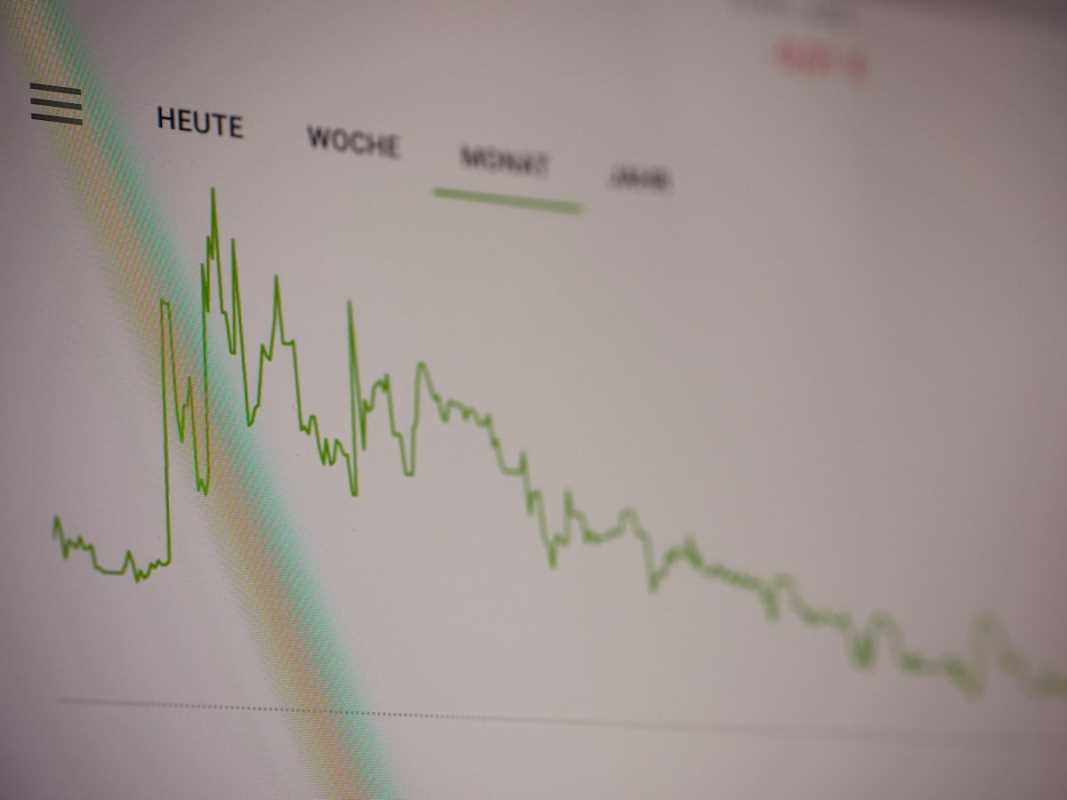Investing in the stock market can be one of the smartest ways to grow your wealth, but it’s no secret that many people lose money along the way. Whether it’s due to emotional decisions, poor planning, or a lack of understanding, these mistakes can turn a promising wealth-building tool into a frustrating and often costly experience.
Most mistakes are avoidable once you understand why they happen. With the right mindset and strategies, you can position yourself to achieve long-term success in the market. Here’s a closer look at the common reasons people lose money when they invest and, more importantly, how you can avoid these pitfalls.
1. Emotional Decision-Making
One of the biggest reasons people lose money in the market is letting emotions drive their decisions. Fear and greed, in particular, are powerful forces that can derail even the best investment plans.
How Emotional Investing Hurts You
- Buying High and Selling Low: Investors often chase hot stocks during market rallies (greed) and panic sell during downturns (fear), locking in losses.
- Overreacting to News Headlines: Market volatility can spark dramatic headlines, which may push investors to act impulsively instead of staying the course.
How to Stay Disciplined
- Set Clear Goals: Before investing, determine your objectives. Are you saving for retirement, buying a house, or growing generational wealth? Clear goals can help you stick to your plan when emotions run high.
- Avoid Acting on Impulse: If you feel compelled to buy or sell based on a recent headline, pause. Take a step back and assess whether the move aligns with your long-term goals.
- Stick to a Strategy: Create a plan that includes when you’ll buy, hold, and sell investments. Automation tools, like recurring contributions, can also eliminate emotional guesswork.
2. Timing the Market
Trying to “time the market”—predicting when it will go up or down—is an enticing idea. After all, who doesn’t want to buy at the lowest point and sell at the highest? However, even seasoned investors struggle to time the market effectively, and chasing this strategy often leads to missed opportunities.
Why Timing Doesn’t Work
- Impossible to Predict: Nobody can consistently predict short-term market movements. Even experts often get it wrong.
- Missing the Best Days: A study by J.P. Morgan found that missing just 10 of the market’s best-performing days over two decades could greatly reduce your returns.
The Better Option
- Focus on Time in the Market: Instead of trying to time market fluctuations, prioritize staying invested for the long haul. Research shows that the market generally trends upward over time despite short-term volatility.
- Use Dollar-Cost Averaging: Invest a fixed amount of money regularly, regardless of market highs or lows. This strategy reduces the impact of volatility and keeps you on a consistent path.
3. Lack of Diversification
Putting all your eggs in one basket is a risky move when it comes to investing. Many people lose money because they fail to spread their investments across different assets and sectors.
Dangers of a Concentrated Portfolio
- Individual Stock Risk: Betting too heavily on one stock increases your exposure to failure if that company underperforms.
- Sector Volatility: If your portfolio relies heavily on one sector (e.g., technology or energy), a downturn in that industry could wipe out significant value.
Diversification Done Right
- Invest Across Asset Classes: Include a mix of stocks, bonds, and other assets in your portfolio based on your risk tolerance and goals.
- Diversify Globally: Don’t limit yourself to investments from one country. Adding international equities can provide exposure to growing economies.
- Consider ETFs or Mutual Funds: These funds often include a variety of investments, offering instant diversification and lowering individual company risk.
4. Not Having a Plan
Investing without a clear plan is like driving without a map. Without direction, it’s easy to get lost or make decisions that don’t align with your goals.
Why Planning Matters
- Prevents Overtrading: Frequent buying and selling often leads to high transaction costs and poor returns.
- Keeps You Focused: A plan clarifies your investment strategy and stops you from second-guessing decisions.
How to Build a Winning Plan
- Assess Your Risk Tolerance: Are you comfortable with short-term losses for the potential of higher long-term returns? Your risk tolerance determines how much of your portfolio should go to risky assets like stocks versus safer options like bonds.
- Set Realistic Goals: Define what you’re aiming for (e.g., $1 million in retirement savings or a down payment for a home).
- Stick to an Asset Allocation: Choose a mix of investments suitable for your timeline and review it annually to ensure it still aligns with your goals.
5. Focusing on Short-Term Gains
The stock market is not a get-rich-quick scheme. Many novice investors lose money by treating it as such, expecting quick rewards and abandoning strategies when they don’t see immediate results.
Why Patience Pays
- Market Cycles Take Time: The market goes through ups and downs. Staying invested during the tough times allows you to benefit from the recoveries that typically follow.
- Compounding Only Works Long-Term: The power of compounding relies on time to turn small contributions into significant wealth.
Shift to a Long-Term Mindset
- Define Your Timeline: Are you investing for retirement 30 years from now or a short-term goal in 5 years? Your timeline influences how you manage risk.
- Ignore Market Noise: Focus on your long-term objectives instead of daily fluctuations.
6. Ignoring Fees and Costs
Investment fees and costs might seem minor initially, but they add up over time and can significantly cut into your returns.
Common Hidden Costs
- Expense Ratios: These are the ongoing fees for mutual funds and ETFs.
- Transaction Fees: Buying and selling stocks often comes with fees unless you’re using a no-commission platform.
- Advisor Fees: If you’re using a financial advisor, understand whether they charge a flat fee, hourly rate, or percentage of your portfolio.
Slash Your Costs
- Choose Low-Cost Funds: Index funds and ETFs often have lower fees than actively managed funds.
- Be Mindful of Overtrading: Stick to your plan to avoid unnecessary trading fees.
- Ask Questions: If you’re working with an advisor, ask about their fee structure upfront, so there are no surprises.
Actionable Steps to Avoid Losing Money
Avoiding common mistakes requires discipline, education, and a commitment to long-term goals. Here’s how to get started today:
- Educate Yourself: Learn the basics of investing through books, podcasts, or reputable online resources.
- Create a Plan: Establish clear goals, set an asset allocation strategy, and automate your contributions.
- Diversify Your Portfolio: Include a mix of assets, industries, and geographies to reduce risk.
- Stay Invested: Resist the urge to jump in and out of the market and focus on long-term growth instead.
- Keep Costs Low: Choose low-fee funds and minimize unnecessary trading.







